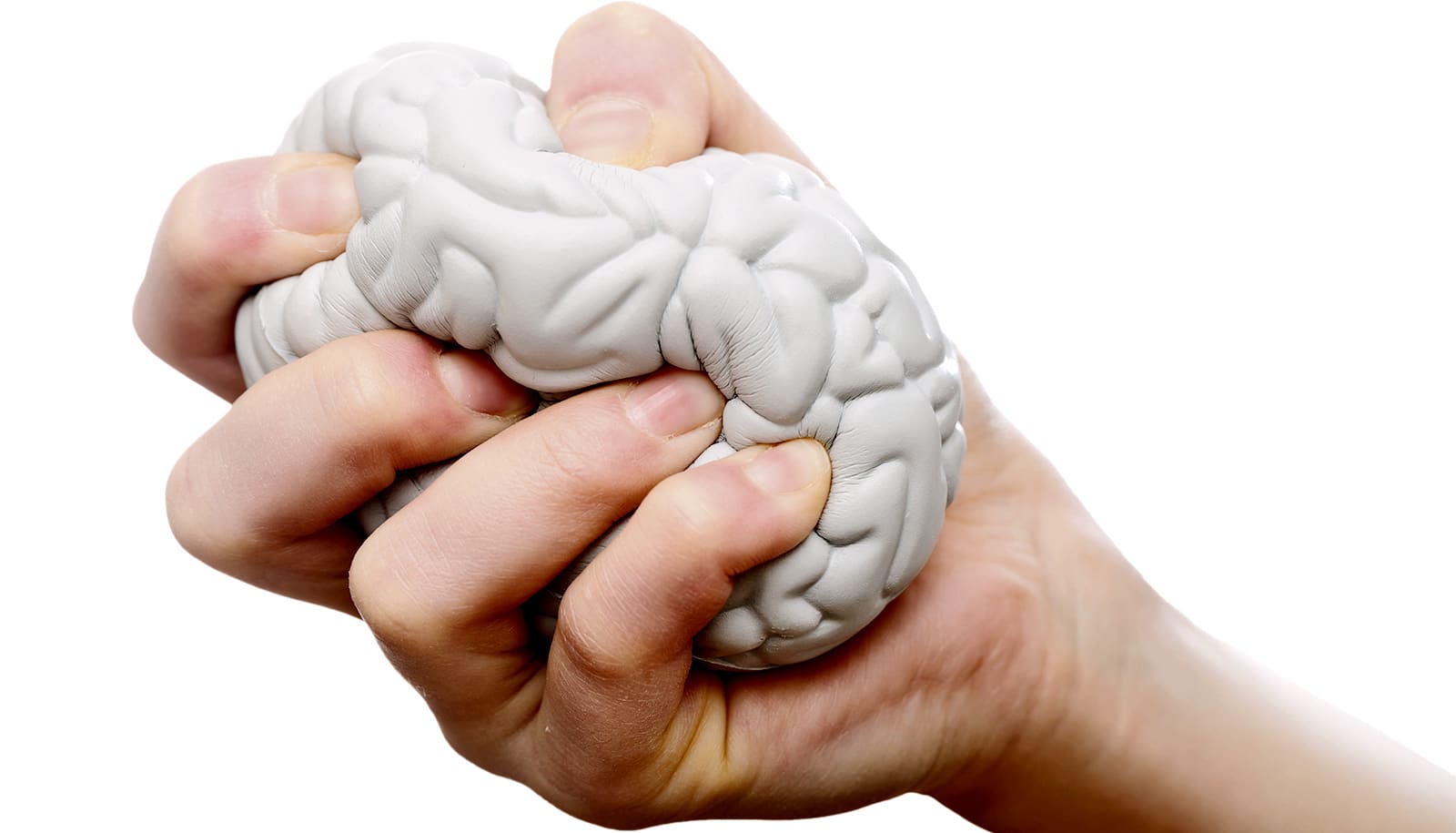A loop in mitochondria—organelles within cells that produce energy for the body—may allow cells to retreat up the path of differentiation, findings in zebrafish show.
Researchers have long thought that once a cell starts down its path of differentiation, growing into a skin cell or a liver cell or a neuron, that path could not be changed.
But over the past two decades, scientists have realized this pathway is more complex. The new findings appear in the Proceedings of the National Academy of Sciences.
“Cell fate and differentiation are similar to a ball running down a hill. The ball is the stem cell. The stem cell divides and becomes a progenitor cell, which will become the future skin, neuron, liver, muscle cell. That the ball only ran from uphill to downhill was the idea for a long time,” says Cunming Duan, professor of molecular, cellular, and developmental biology at the University of Michigan.
“People also thought this was true of adult tissue regeneration. If you cut your skin or injured a muscle, the idea was that there was this population of adult stem cells doing the same thing: they were a ball rolling down the hill. But starting in the last few decades, researchers have shown that’s overly simplistic.”
Now, Duan says, researchers understand both that the cell can cross the hill and become a different cell type and that cells can go back up a hill and become a precursor cell to produce more cells. For example, in the human pancreas, cells called alpha cells produce a hormone called glucagon. Beta cells in the pancreas produce the hormone insulin. But alpha cells can become beta cells.
Cells can also dedifferentiate if they are stressed or injured. For example, if a beta cell can dedifferentiate, become a precursor cell and produce more healthy beta cells.
Recent studies have shown that dedifferentiation isn’t actually unique: many fully differentiated cells can roll back up the hill if you injure tissue, Duan says. Cancer cells also show this kind of plasticity, which complicates the ability to treat them.
But previous studies understanding the process of dedifferentiation were done in artificial systems, Duan says. You can’t surgically remove part of the fish heart or cut out part of a mammalian liver and study the cellular processes. So Duan and his research team developed a model in zebrafish.
In the model, the researchers labeled calcium ion transporting epithelial cells with a green fluorescent protein that illuminates these cells. Using that, they were able to induce these differentiated cells to reenter the cell cycle and visualize the cell dividing, and to particularly zoom in on processes involving the mitochondria.
Mitochondria are often called the “powerhouses” of the cell. They produce ATP, a molecule that carries energy in the cells of all living organisms. But mitochondria do much more than that, Duan says. When they break down sugar to produce ATP, they also produce what’s called reactive oxygen species or ROS, highly reactive chemicals that can cause cellular damage.
However, when mitochondria release mitochondrial ROS, in the correct amounts, they act as signaling molecules. The team found that when cell dedifferentiation and proliferation were induced, ATP production was increased and mitochondrial ROS levels went up in these cells.
When the ROS levels go up, an enzyme that plays a role in cellular stress response called Sgk1 also increases in the cell’s cytoplasm. Then, Sgk1 moves from the cytoplasm into the mitochondria, where it phosphorylates the enzyme that synthesizes ATP and triggers ATP production.
To test this loop’s impact on the cell’s ability to dedifferentiate, the researchers blocked each step in this cycle.
“We feel this is actually required for the cell to roll back in the cell cycle,” Duan says. “In our system, if we knock out the ATP protein enzyme, if we knock out Sgk1, if we block the ROS production—if we block any of the steps, the cell can no longer go back in the cell cycle.”
The researchers then examined this mitochondrial loop in living human breast cancer cells and found that the same steps took place in human breast cancer cells. This suggests that this is a commonly preserved mechanism that is useful to most cells, they say.
And cancer cells are one type of cell Duan and his team hopes the discovery could someday target. Understanding cell plasticity is important in regenerative biology for tissue regeneration, but it’s also important for diseases such as cancer.
“Cancer cells also have this kind of plasticity, and it’s regarded as one of the major challenges of why we can’t easily treat cancer cells. If you eliminate one cancer stem cell, another can come back,” Duan says.
Next, Duan hopes to better understand this mitochondrial loop in other cell types, with the idea that the pathway can be targeted someday both for tissue regeneration and to prevent abnormal growth, such as cancer.
“Cells and animals are far more resilient than we realized. They’re far more plastic. We used to think that they were kind of rigid,” he says. “Mitochondria plays a far more important role in the cell than we ever thought it would play. We found a very intricate pathway that works at a subcellular level and that dictates the cell’s ability to be resilient and to be plastic.”
Source: University of Michigan



